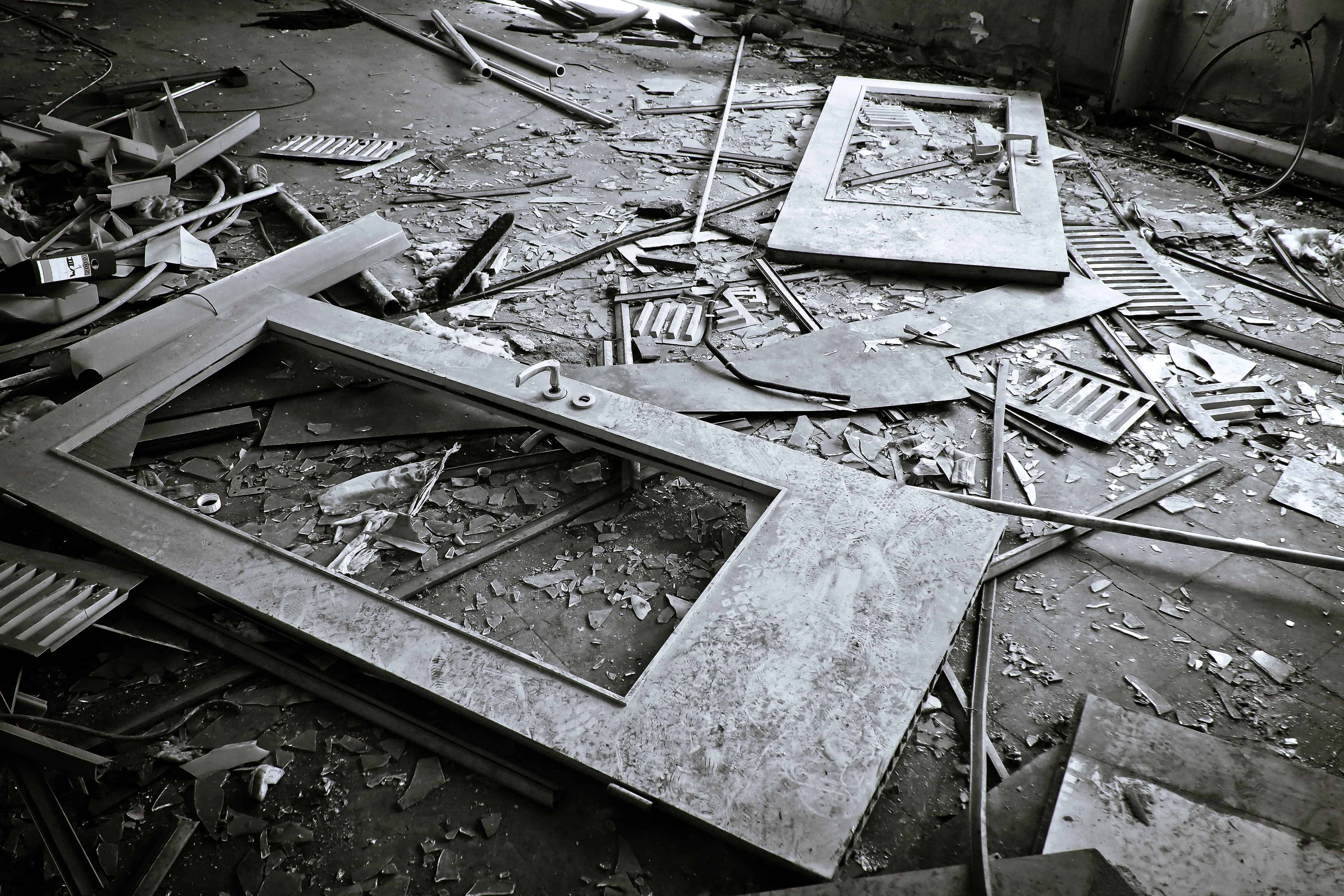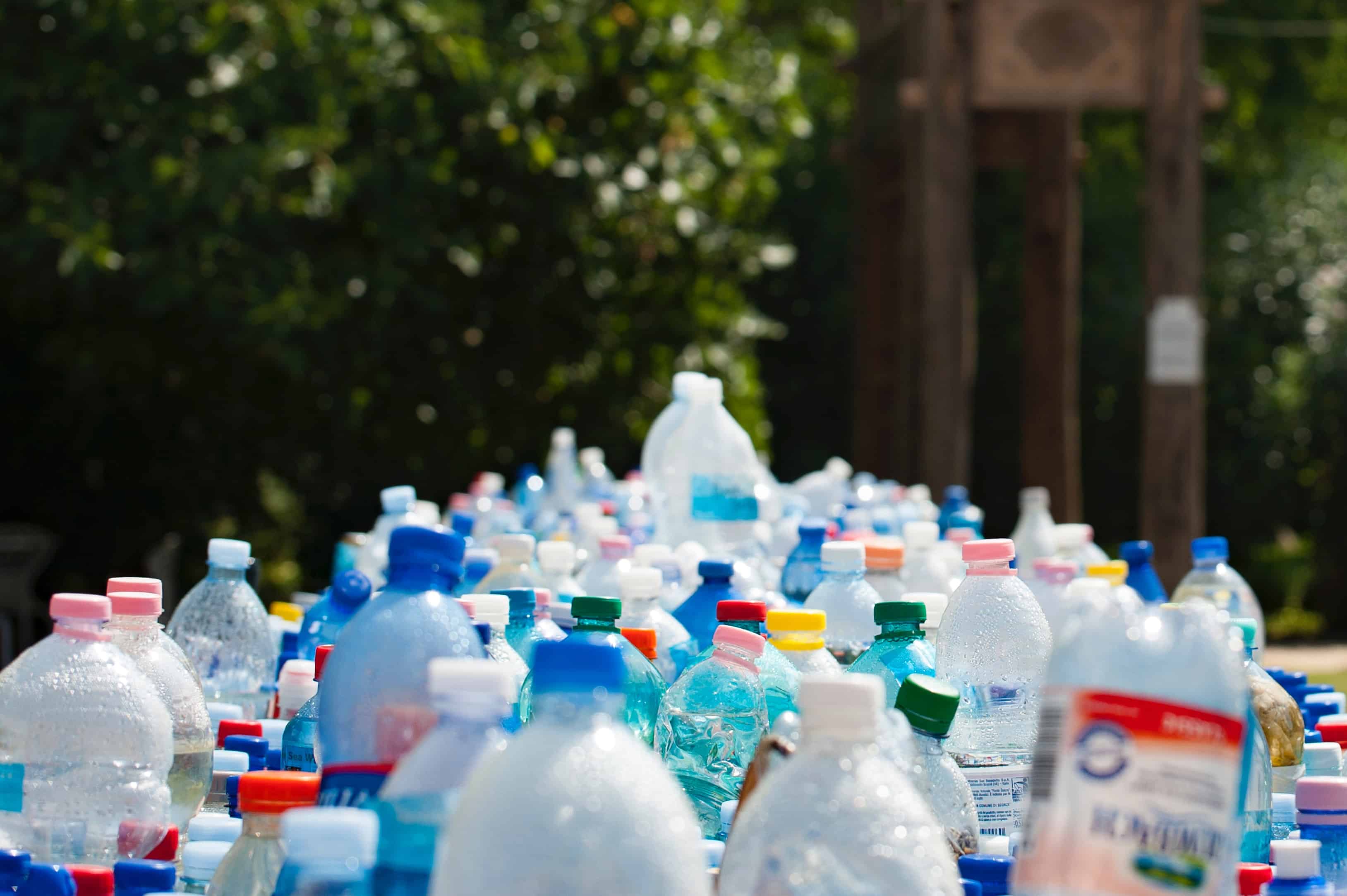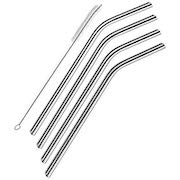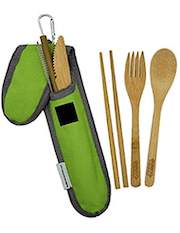I just experienced my first earthquake and it turns out, I’m not a fan. Although it was small and caused zero damage or injuries, it made me question what to do in the event of a larger shake. So, here you go. Share with everyone you know.
MYTH – Head for the Doorway: An enduring earthquake image of California is a collapsed adobe home with the doorframe as the only standing part. From this came our belief that a doorway is the safest place to be during an earthquake. We now understand that doorways are no stronger than any other part of the house, and do not provide protection from falling or flying objects. You are safer under a table.
For more information on earthquake preparedness visit, shakeout.org
1. Indoors:
Drop, Cover, and Hold On. Avoid exterior walls, windows, hanging objects, mirrors, tall furniture, large appliances, and kitchen cabinets with heavy objects or glass. However, do not try to move more than 5-7 feet before getting on the ground. Do not go outside during shaking! The area near the exterior walls of a building is the most dangerous place to be. Windows, facades and architectural details are often the first parts of the building to break away. If seated and unable to drop to the floor: bend forward, cover your head with your arms, and hold on to your neck with both hands.
2. In a wheelchair:
Lock your wheels and remain seated until the shaking stops. Always protect your head and neck with your arms, a pillow, a book, or whatever is available. See earthquakecountry.org/disability for recommendations for people who use wheelchairs, walkers, or are unable to drop to the ground and get up again without assistance.
3. In bed:
Do not get out of bed. Lie face down to protect vital organs, and cover your head and neck with a pillow, keeping your arms as close to your head as possible, while you hold on to your head and neck with both hands until shaking stops. You are less likely to be injured by fallen and broken objects by staying where you are.
4. In a high-rise:
Drop, Cover, and Hold On. Avoid windows and other hazards. Do not use elevators. Do not be surprised if sprinkler systems or fire alarms activate.
5. In a classroom:
Drop, Cover, and Hold On. Laboratories or other settings may require special considerations to ensure safety. Students should also be taught what to do at home or other locations.
6. In a stadium or theater:
Drop to the ground in front of your seat or lean over as much as possible, then Cover your head with your arms (as best as possible), and Hold On to your neck with both hands until shaking stops. Then walk out slowly, watching for anything that could fall during aftershocks.
7. In a store:
Drop, Cover, and Hold On. Getting next to a shopping cart, beneath clothing racks, or within the first level of warehouse racks may provide extra protection.
8. Outdoors:
Move to a clear area if you can safely do so; avoid power lines, trees, signs, buildings, vehicles, and other hazards. Then Drop, Cover, and Hold On. This protects you from any objects that may be thrown from the side, even if nothing is directly above you.
9. Driving:
Pull over to the side of the road, stop, and set the parking brake. Avoid overpasses, bridges, power lines, signs and other hazards. Stay inside the vehicle until the shaking stops, then proceed carefully by avoiding fallen debris, cracked or shifted pavement, and emergency vehicles. If a power line falls on the car, stay inside until a trained person removes the wire.
10. Near the shore:
Follow instructions above for your particular location. Then as soon as shaking reduces such that you are able to stand, walk quickly to high ground or inland as a tsunami may arrive soon. Don’t wait for officials to issue a warning. Walk, rather than drive, to avoid traffic, debris, and other hazards.
11. Below a dam:
Follow instructions above for your particular location. Dams can fail during a major earthquake. Catastrophic failure is unlikely, but if you live downstream from a dam, you should know flood-zone information and have prepared an evacuation plan for getting to high ground.
Now, Go. See. Do.
~meemish









